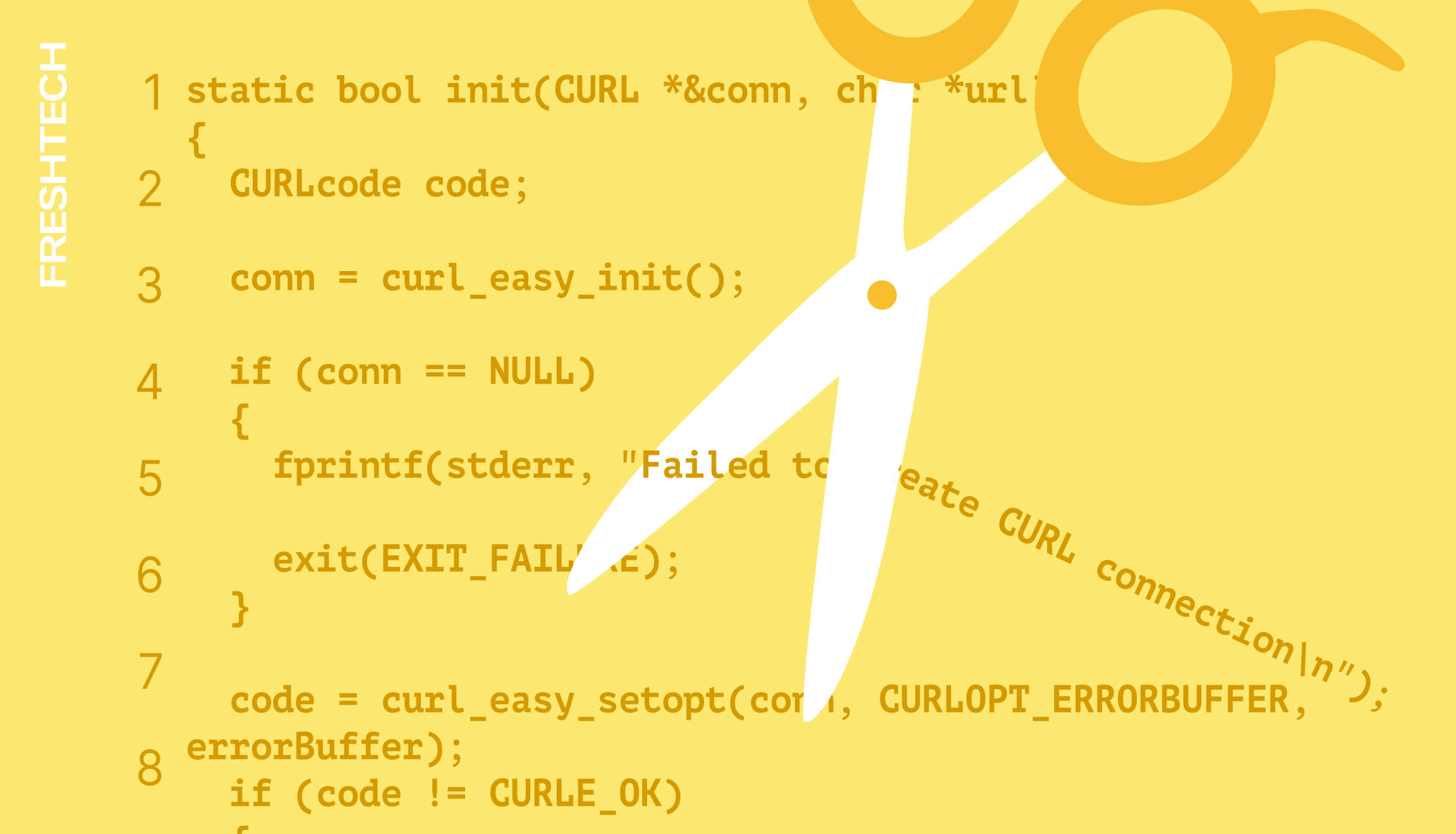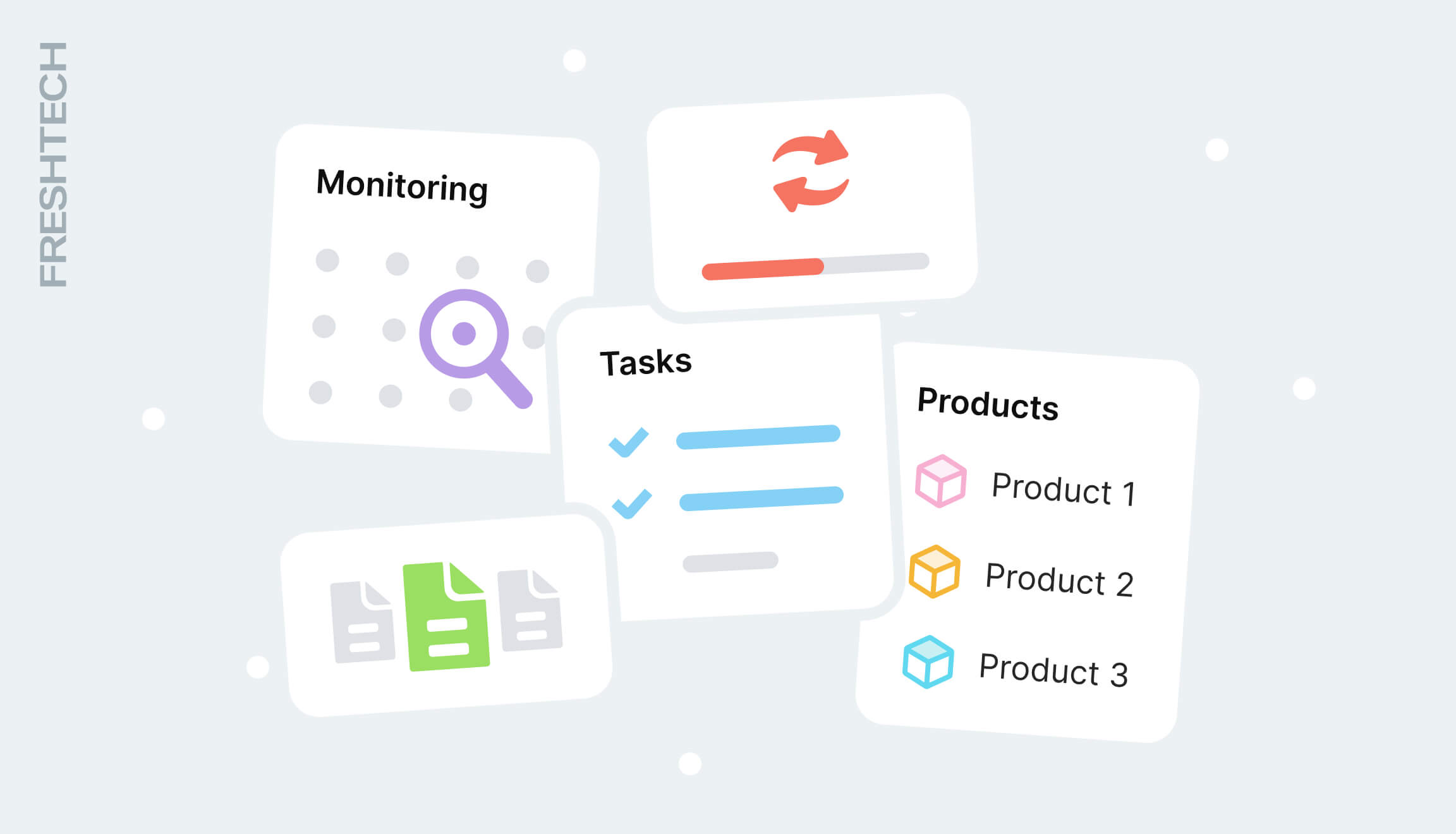How to Reduce Mobile App Development Costs?

Dozens of decisions impact the final cost of a mobile app — from the tech stack you choose to the number of integrations and how your data is stored. And often, it’s the small, less obvious choices that help optimize the budget and simplify product development. Keep reading to find out where you can cut costs without compromising quality.
MVP as a launch strategy
MVP (Minimum Viable Product) is a basic version of an app that includes only the core features. It allows you to quickly test the idea, gather user feedback, and avoid spending the budget on building every possible feature right away.
For example, an EdTech platform can initially offer a basic student dashboard, access to educational videos, and a progress tracker. More advanced features — such as adaptive testing, LMS integrations, or gamification — can be added later, after validating the idea and getting the first user interactions.
Clear work planning
Clear planning is a way to optimize costs before development even begins. It involves documenting technical requirements, defining the scope of work, and breaking tasks down into sprints. During the discovery phase, you can already identify the core functionality and build the project backlog. The better the system logic is worked out at the start, the lower the risk of major changes during implementation — and the less likely you are to go over budget.
Cross-platform development
With a cross-platform approach, you can build an app for both iOS and Android using a single codebase. Compared to native development, which requires two separate teams and two independent solutions, cross-platform development saves time and money without compromising quality, especially in the early stages.
Flutter is a popular choice for cross-platform projects. The technology allows you to create fast, high-performance native apps with visually appealing design. Flutter uses its own rendering engine, which ensures a consistent UI across different devices. Having one codebase also simplifies updates and maintenance, which further reduces development time and costs.
Tech stack selection
Technology has a direct impact on development costs, scalability, and maintenance. For example, popular frameworks like Flutter or React have large, active communities, plenty of ready-made solutions, and well-documented knowledge bases. This helps reduce costs both at launch and in the long run.
Additionally, using pre-built libraries and UI components instead of developing everything from scratch can significantly speed up the process. It also allows the team to focus on truly unique product features that deliver real value to the user.
Efficient UI/UX design
A thoughtful design approach helps reduce the number of iterations and revisions, which are often a source of additional costs. A simple, logical interface doesn't require unconventional technical solutions that can lead to errors during development.
Another way to streamline team collaboration is by using universal components with consistent behavior, styles, and structure. For example, the open Material Design system for Flutter includes ready-made elements that follow modern standards and make it easier to build attractive interfaces quickly. Since these libraries are already tested and supported by the community, using such components is a straightforward way to achieve high-quality design while keeping the budget under control.
In summary, focusing on core features and choosing cross-platform frameworks helps save time and resources without compromising quality.
If you’re planning to develop an app for your business or launch a startup project, leave your contact details in the form. Our manager will get in touch with you and offer the best solution tailored to your company.




















